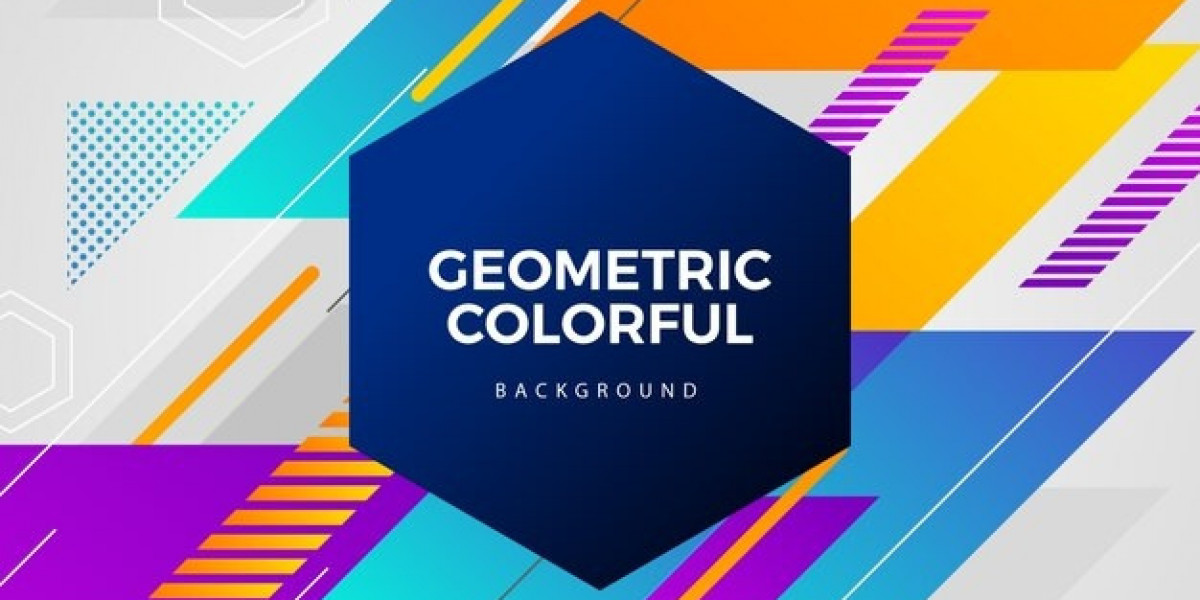Introduction to UI/UX Design
What is UI/UX Design?
Let’s start with a simple truth: great design is more than just how something looks, it's about how it works. UI/UX design is the cornerstone of every smooth digital experience. UI stands for User Interface, which focuses on the layout, visual elements, and overall aesthetics of a product. UX, or User Experience, on the other hand, centers on how users interact with and feel while using a digital product. Together, UI and UX create a cohesive, functional, and engaging digital journey.
In today’s competitive market, businesses can't afford to ignore the significance of UIUX Design. If your app is clunky, confusing, or simply boring, users will abandon it faster than you can say "bounce rate." That’s why integrating the right psychological principles into UI/UX is crucial; it ensures that every click, swipe, and tap is intuitive and satisfying.
If you’re wondering where to start understanding UI/UX from the ground up,lay out all the essentials, from core definitions to the best tools for designers. But understanding the definitions is just the first step. Let’s now dive into how psychology plays a vital role in shaping those experiences.
The Connection Between Psychology and UI/UX
Psychology is the invisible hand guiding user behavior. Whether users realize it or not, their decisions online are influenced by cognitive patterns, emotional responses, and deep-seated instincts. When designers understand how users think, feel, and behave, they can create more intuitive, empathetic, and successful designs.
Think about it this way: every time a user interacts with your website or app, they’re making micro-decisions click here, scroll there, read this, skip that. These choices are driven by their mental models, previous experiences, and emotional states. If your design aligns with these psychological factors, the user’s journey becomes frictionless and enjoyable. If not, you risk confusing or losing them entirely.
The fusion of psychology and design isn’t new, but as digital products evolve, it's become more essential than ever. Now let’s take a closer look at the core psychological drivers behind user behavior.
The Psychology Behind User Behavior
Cognitive Load and User Attention
Cognitive load refers to the total amount of mental effort being used in the working memory. When a user visits a website, they’re quickly absorbing tons of information menus, images, calls to action, content, and more. If the design overwhelms them, they experience what's known as cognitive overload. That’s when users get mentally exhausted and leave without taking any meaningful action.
A key goal in UI/UX is to reduce this cognitive load. The easier it is for users to navigate your site or app, the more likely they are to stick around. Simple navigation, clear visual hierarchy, and minimal distractions all help manage attention effectively. Think of it like cleaning a messy room when everything is in its place, it’s easier to find what you need and feel at ease.
Designers use tactics like chunking (breaking content into small, manageable pieces), whitespace (providing breathing room), and progressive disclosure (revealing only what’s necessary) to guide users smoothly. These aren’t just design tricks, they're grounded in deep psychological understanding.
Mental Models and User Expectations
Ever tap a hamburger menu and expect it to open? That’s a mental model at work. Mental models are the assumptions users bring to a product based on their past experiences. When a design aligns with these expectations, users feel comfortable and confident. When it breaks those models, users get frustrated or confused.
For example, if someone’s used to swiping left to delete an item, but your app requires a long press instead, it creates friction. Good UI/UX design respects these patterns and builds interfaces that align with them.
Designers must deeply understand their audience to identify these models. It’s not about reinventing the wheel, it's about making the wheel spin smoother. Familiarity breeds usability. If users recognize design patterns, they don’t have to relearn how to interact with your product, and that speeds up engagement.
Understanding and leveraging mental models is one of the most psychologically powerful tools in a designer’s toolkit. It’s about building trust by meeting expectations, not defying them.
Key Psychological Principles in UI/UX Design
Hick’s Law – Simplifying Choices
Hick’s Law states that the time it takes for someone to make a decision increases with the number of choices presented. Ever feel paralyzed trying to pick a Netflix show? That’s choice overload in action.
In UI/UX, this means the more options you throw at a user, the more likely they are to hesitate or worse, abandon the process. A good design minimizes the number of decisions users must make at any given moment. It guides them step-by-step toward their goal, whether that’s making a purchase, signing up for a newsletter, or finding information.
Think of Amazon’s “Buy Now” button. It bypasses multiple steps and offers a one-click decision. That’s Hick’s Law in practice: fewer decisions, more action.
Smart UI/UX keeps it simple. Menus are minimal. Choices are streamlined. And users are gently nudged toward the next logical step without feeling overwhelmed. That’s the magic of psychology working behind the scenes.
Conclusion
UI/UX design is no longer just about aesthetics, it's about psychology. The way people think, feel, and behave directly influences how they interact with digital interfaces. From cognitive load to emotional design, and from color theory to microinteractions, every decision in your design has a psychological impact.
By understanding user behavior on a psychological level, designers can create more intuitive, engaging, and effective experiences. It means fewer drop-offs, more engagement, and ultimately, happier users who feel understood and empowered.
Empathy, trust, and usability should be at the core of every interface. Whether you’re building a startup landing page or redesigning a complex app, applying psychological principles can be the game-changer that transforms how people connect with your product.
FAQs
What is the role of psychology in UI/UX design?
Psychology helps designers understand how users think, feel, and behave, allowing them to create interfaces that are intuitive, engaging, and easy to use. It influences layout, color, typography, interaction, and more.
How does cognitive load affect user experience?
Cognitive load refers to the mental effort required to process information. High cognitive load can overwhelm users, leading to confusion or abandonment. Reducing it through clean design and clear navigation improves usability.
Why is emotional design important in UI/UX?
Emotional design creates deeper connections between users and products. It influences trust, engagement, and retention by making users feel valued, understood, and delighted during their digital interactions.
What are some psychological principles used in UI/UX?
Common principles include Hick’s Law (simplifying choices), Fitts’s Law (easier target interaction), Gestalt principles (visual grouping), and color psychology (evoking emotion and behavior).
How can designers create more user-friendly experiences?
By conducting user research, applying psychological principles, testing consistently, and designing with empathy, designers can build interfaces that align with user expectations and create positive experiences.










